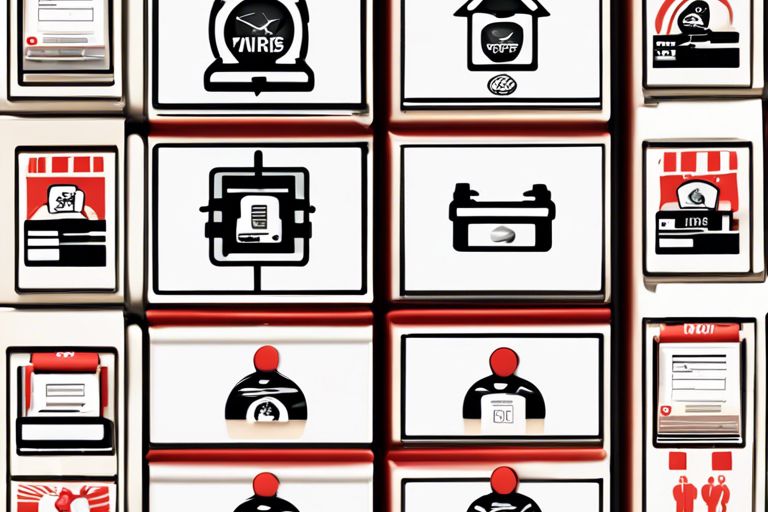Most businesses today invest time and resources into creating visually appealing websites that help attract and engage customers. However, one issue that many website owners face is hotlinking, where other websites link directly to their images, using up their bandwidth without permission. This not only slows down the loading time of the website but can also lead to increased hosting costs for the business. So, how can businesses prevent hotlinking to their website’s images?
One common method used by businesses to prevent hotlinking is by modifying the .htaccess file on their server. By adding specific code to this file, website owners can block external domains from directly linking to their images. This code works by checking the referrer of the request, and if it does not match the website’s domain, the server will refuse to serve the image. While this method can be effective, it may require some technical expertise to implement correctly.
Another approach to prevent hotlinking is by using plugins or services that are specifically designed for this purpose. There are a variety of plugins available for popular content management systems like WordPress that can help protect images from being hotlinked. These plugins often offer additional features such as the ability to display a custom image or message to users attempting hotlinking. Additionally, there are online services that offer hotlink protection by generating encrypted URLs for images, making it difficult for unauthorized websites to link to them.
Businesses can also consider watermarking their images as a deterrent against hotlinking. By adding a visible watermark to images displayed on their website, businesses can make it less appealing for others to hotlink to them. Watermarking not only helps protect the images from unauthorized use but also serves as a branding tool, helping to promote the company’s logo or website URL.
Regularly monitoring website traffic and analyzing server logs can also help businesses identify and stop hotlinking attempts. By keeping a close eye on the sources of traffic to their website, businesses can quickly spot any unauthorized websites linking to their images and take action to block them. Additionally, setting up alerts or notifications for unusual spikes in bandwidth usage can help businesses detect hotlinking activity early on.
When all is said and done, preventing hotlinking to a website’s images is imperative for businesses to protect their content and resources. By implementing a combination of technical measures, using plugins or services, watermarking images, and monitoring website traffic, businesses can effectively deter hotlinking attempts and maintain control over their images and bandwidth.



